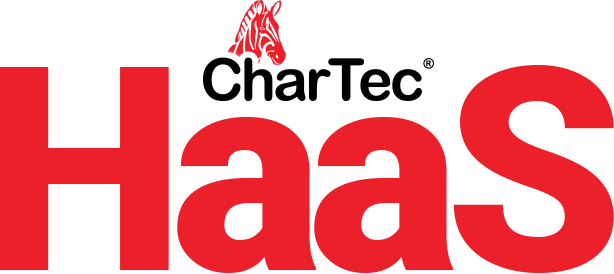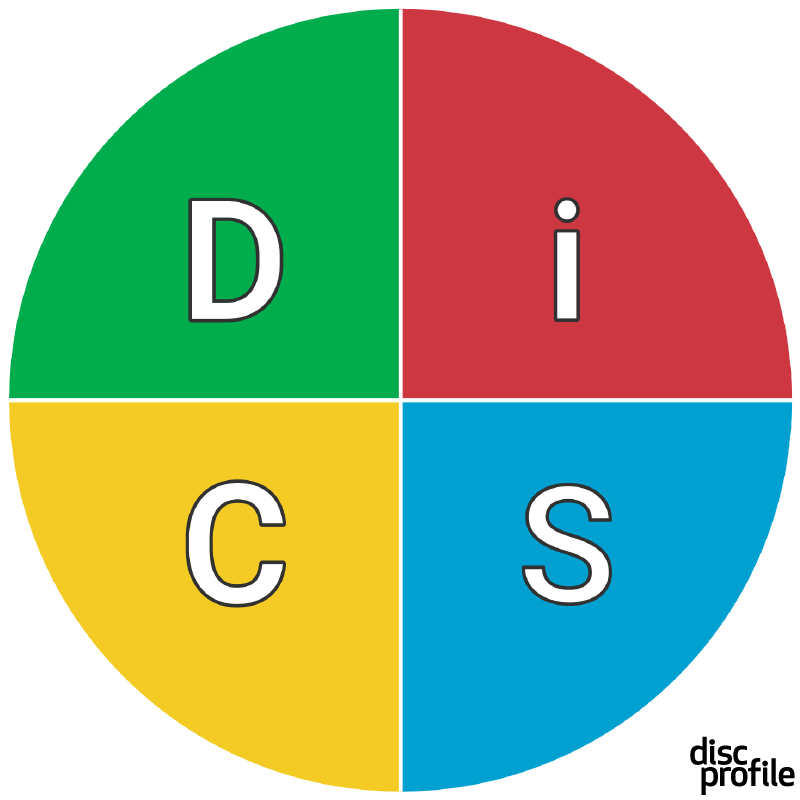The first six months of this year have been anything but normal for small businesses across the country. Basically, we just threw our strategic plans for 2020 out the window and hoped for the best. Everything went haywire. Beginning with COVID-19 and the quarantine, then the protests, the riots, closing businesses, and boarding up buildings, business has not been usual at all this year. We're seeing some statistics that say up to 40% fewer businesses are currently open, which could mean a little over half of small businesses have remained open. Unfortunately, many of them haven't opened to full capacity yet. What we're going to talk about in this blog is where we can go, what we can do, how we can improve and get back to business as usual so we can turn 2020 around.
The good news is that we are MSPs, and we manage IT for those businesses that need help. We make sure businesses are utilizing the latest state-of-the-art technologies, and make sure they stay connected to the world safely and securely. Dealing with the current issues, we've encountered quite a bit lately in terms of what has changed for our clients. And what we've learned is that the state of technology has changed with the times. And our operational needs have really changed. Business owners have had to adapt to the current situation. One of the biggest changes has been remote communications. Businesses have had to learn how to manage their employees and host virtual team meetings throughout this timeframe. Let’s talk a little bit about how we’ve managed these challenges using remote communications.
The impact of the current situation hasn’t been isolated to just a few select industries. We're in this weird flux where, at first, everything kind of went haywire, and people were forced to work from their homes if they were lucky enough to continue working. There was a huge initial surge of getting people set up to work remotely, and a lot of us were caught unprepared. And now some businesses are starting to open back up, so they're bringing some staff back in, but it's still at a hybrid capacity where there are some remote people, some people back in the office, and they’re doing whatever they need to do to keep business running. The one thing that's remained consistent is the need to collaborate with our employees as well as interface with our clients.
Here at CharTec, we looked around for options that worked best at holding virtual team meetings, and the software we decided to use is Microsoft Teams. The biggest reason why is that most people and businesses already have it. If you're using Office 365 it's included. Teams has been a great way to maintain our collaboration and keep people feeling like they're part of the company. It’s a great way to make everyone feel included. And Teams is very stable and easy to use. We also use it to interact with our clients.
This was an example of using the technology that was available to us and making the best of it. We tried other ways of connecting with our employees and clients, but, in the end, because of the ease of use, and also because almost everyone already had it available, we found that Teams was the best solution. It was a very easy, quick, and efficient way to get everyone connected.
Another way that we've expanded our communications was with our VoIP phone system. What we're noticing lately is that many businesses are not taking advantage of the latest technology to make sure people are consistently able to connect with their office, particularly in a remote work situation. In today's day and age, your work phone should be able to follow you to your cell phone. You should have a portal that you can get to online, where you can access your messages, access your voicemails, or have the option of having those voicemails transcribed and sent to you as emails. You need to make sure that you can connect whether you're sitting at your desk or not.
If you’re in Managed Services and aren't looking at VoIP, now's the time. It's hot in the industry for obvious reasons. One of the biggest business concerns is we want to make sure we’re not missing calls. We want to make sure that calls are tracked. Using a VoIP phone system, not only are we still able to relocate the office phone anywhere we need it, we can easily plug it into any ethernet connection in the world and it'll repopulate and configure itself to how we use it daily. Whether our team members are now at home or anywhere else, wherever there’s internet access, the phone works. It plugs in and it is business as usual.
And we shouldn't be in a situation where we have to give out our cellphone number to anybody and everybody that we might need to talk to. Cellphones should only be used for work purposes if nothing else is available. Or, through the app that connects your office phone number to your cellphone, so any time you are away from your work phone and someone calls, it transfers right to your cellphone.
With VoIP, your direct lines can use the text feature, whereas most business lines, landlines, do not incorporate text. Our phone solution will also integrate with Teams. So not only can our company interact, we're communicating and collaborating constantly. By using the Team's application, we can also contact anyone, anywhere through the phone system. It really takes that mobility to a whole new level. Our businesses can now scale and be more flexible because when issues like this happen, we still need to get to a point where we're conducting business as usual, we're not compromising our own efficiencies, and we're not compromising support for our clients, That will happen if you're not able to connect with the old phone system that you’ve been using for however long you’ve had it.
Next week, we’ll continue discussing new ways of doing business.







